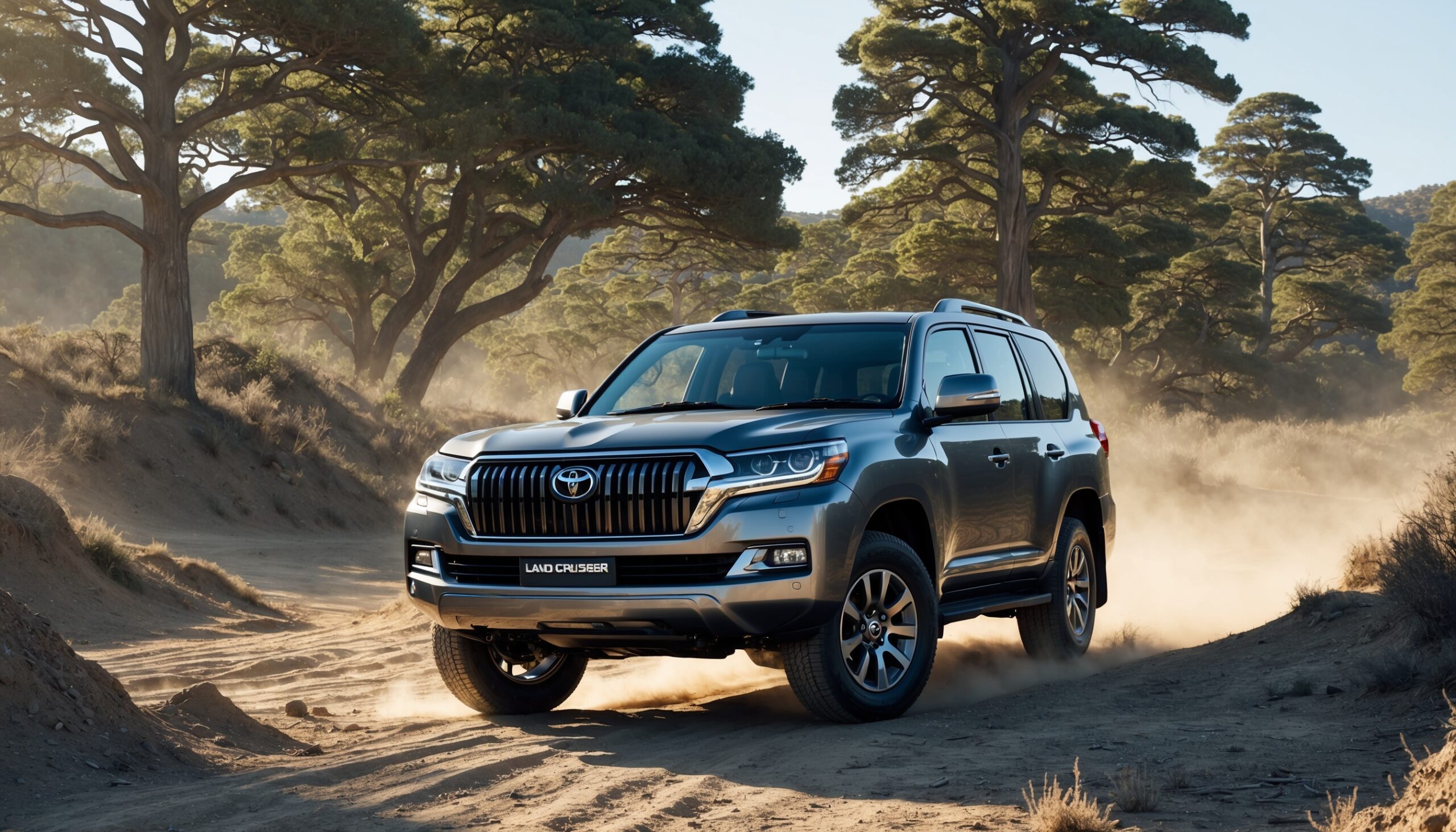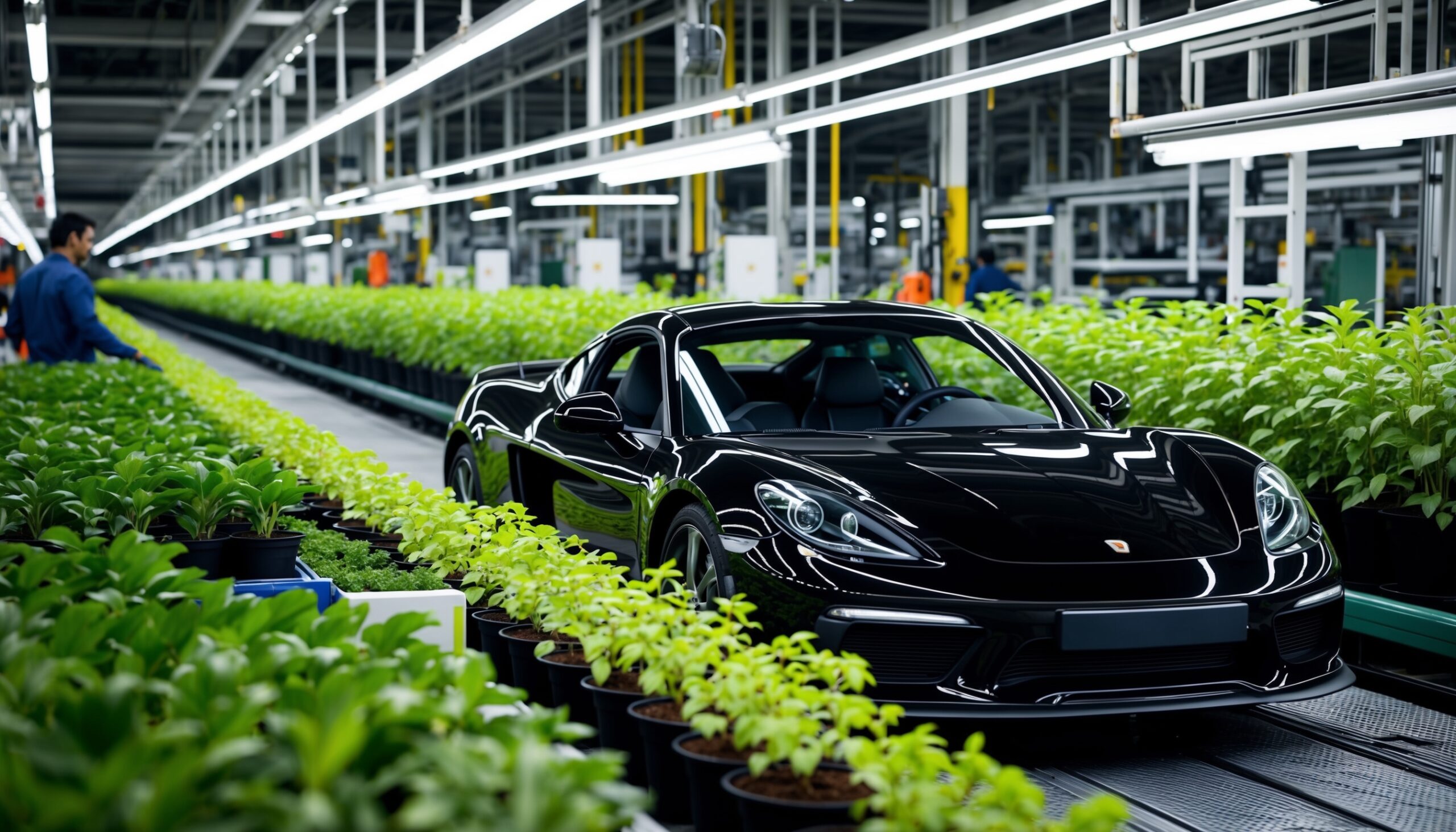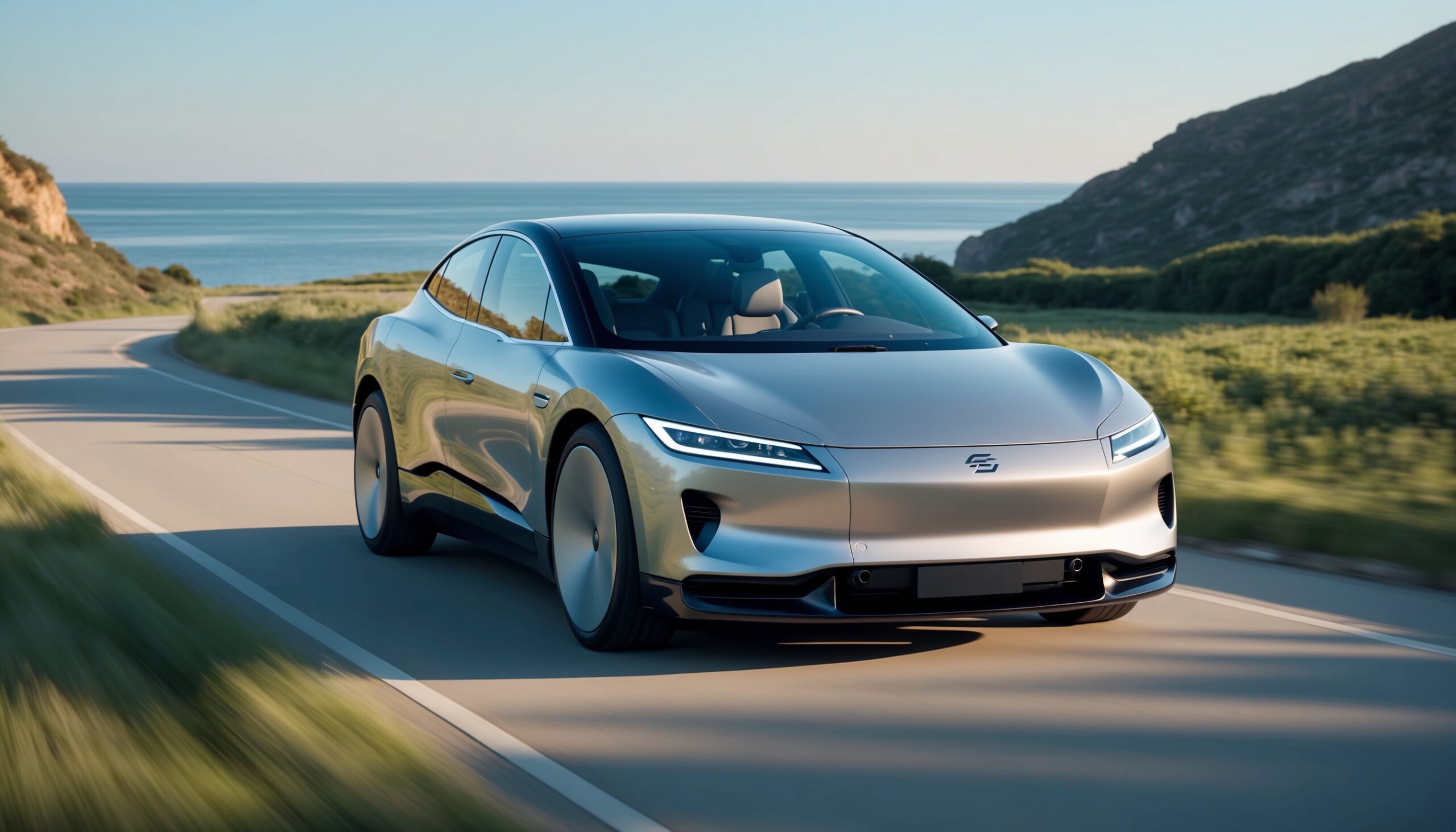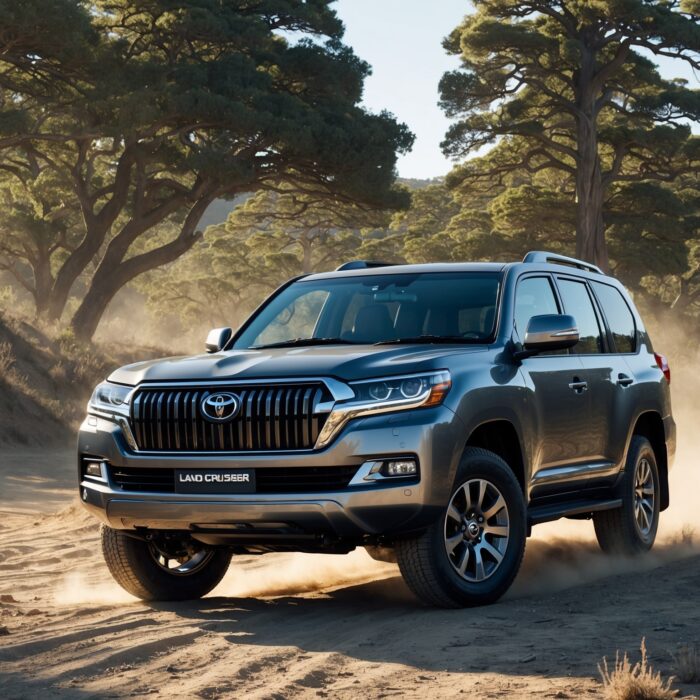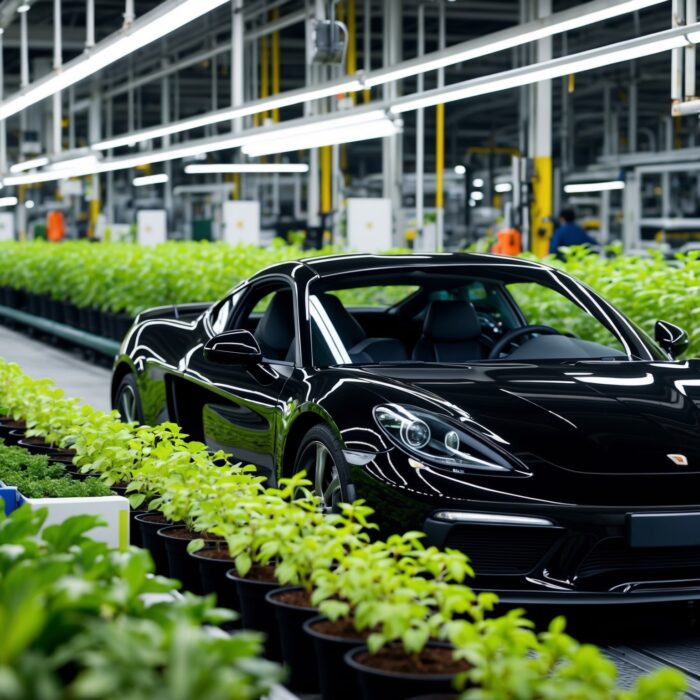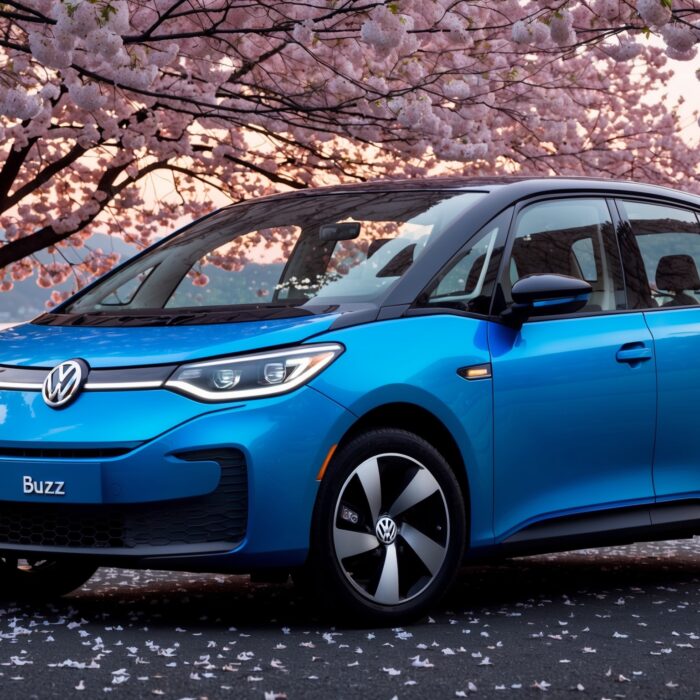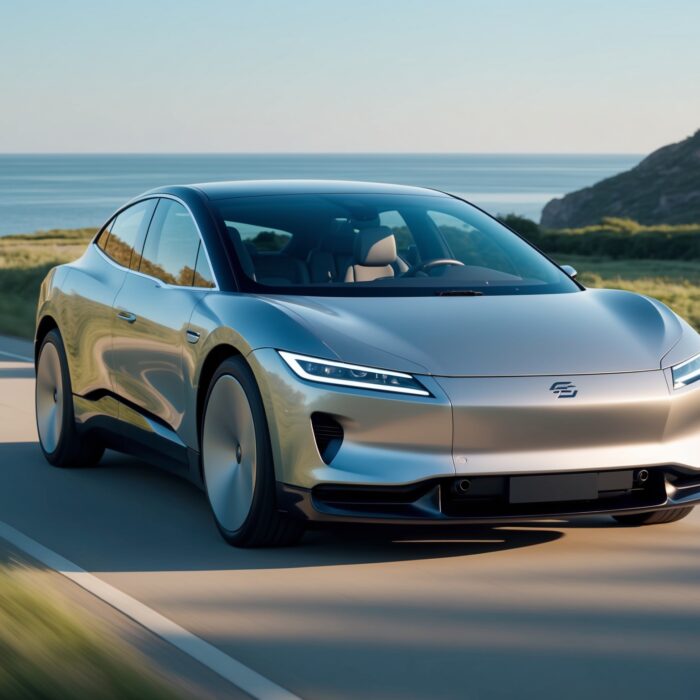Lean Manufacturing vs. Supply Chain Resilience: The New Balance
In the automotive world, enthusiasts often find themselves in heated debates about their favorite models, the latest innovations, or the best aftermarket modifications. However, behind the glitz and glamor of the automotive industry lies a complex web of processes that ensure your favorite cars roll off the assembly line and into your driveway. Today, we’re diving into a topic that may not rev your engines in quite the same way as horsepower debates, but is just as crucial: the balance between lean manufacturing and supply chain resilience.
Understanding Lean Manufacturing
Lean manufacturing is a philosophy that aims to minimize waste while maximizing productivity. This approach originated in the Toyota Production System and has since become a cornerstone of modern manufacturing practices. For car manufacturers, embracing lean principles means streamlining processes, reducing excess inventory, and enhancing operational efficiency.
- Waste Reduction: Lean manufacturing focuses on identifying and eliminating waste, which can include excess materials, wasted time, and inefficient practices.
- Continuous Improvement: The principle of Kaizen, or continuous improvement, encourages employees at all levels to suggest ways to improve processes and operations.
- Just-In-Time Production: This approach ensures that parts arrive just as they are needed, reducing storage costs and minimizing the risk of overproduction.
For car manufacturers, lean practices can lead to faster production times and improved quality. But as we’ve seen over the past few years, this approach can sometimes clash with the need for a resilient supply chain.
The Importance of Supply Chain Resilience
While lean manufacturing emphasizes efficiency, supply chain resilience focuses on the ability to adapt and recover from disruptions. Recent global events, such as the pandemic and geopolitical tensions, have highlighted the vulnerabilities in many supply chains. For automotive manufacturers, a resilient supply chain means being prepared for anything—from shortages of critical components to logistical delays.
- Diversification: Relying on a single supplier for critical components can be a recipe for disaster. Resilience involves seeking multiple sources to mitigate risks.
- Flexibility: A resilient supply chain can quickly pivot in response to unexpected challenges, whether that’s finding alternative shipping routes or switching suppliers.
- Technology Integration: Implementing advanced technologies like AI and data analytics can help manufacturers predict disruptions and respond proactively.
As car enthusiasts, we may often take for granted the seamless production of our beloved vehicles. Yet, the complexity and fragility of supply chains mean that even the smallest hiccup can lead to delays and increased costs.
The Collision of Lean and Resilience
So, where do lean manufacturing and supply chain resilience intersect? The truth is, they often come into conflict. Lean practices can lead to a narrow focus on efficiency, which may compromise resilience. For instance, just-in-time inventory can minimize costs but also leaves manufacturers vulnerable to disruptions if they can’t get parts on time.
Also Read: Corporate Sustainability Goals: Which Automakers Lead the Net-Zero Race?
On the flip side, building a resilient supply chain can sometimes lead to inefficiencies and increased costs due to higher inventory levels and more complex logistics. The key is finding a balance between the two approaches, ensuring that manufacturers can operate efficiently while also being prepared for the unexpected.
Strategies for Balancing Lean and Resilience
Finding the right balance between lean manufacturing and supply chain resilience is not an easy task, but it is essential for the automotive industry’s long-term success. Here are some strategies that manufacturers can adopt to achieve this balance:
- Conduct Risk Assessments: Regularly assess the supply chain for vulnerabilities and identify potential risks that could disrupt operations.
- Invest in Technology: Leverage advanced technologies like AI and machine learning to enhance visibility across the supply chain and improve decision-making.
- Build Relationships with Suppliers: Foster close relationships with multiple suppliers to ensure flexibility and responsiveness during disruptions.
- Implement Agile Processes: Develop agile manufacturing processes that can quickly adapt to changes in demand or supply availability.
- Engage Employees: Encourage a culture of continuous improvement and resilience among employees, ensuring they are empowered to contribute ideas and solutions.
By implementing these strategies, automotive manufacturers can create a more resilient supply chain without sacrificing the efficiency that lean practices provide.
Real-World Examples
To further illustrate the balance between lean manufacturing and supply chain resilience, let’s explore some real-world examples from the automotive industry.
Toyota: The Pioneers of Lean Manufacturing
Toyota is often hailed as the poster child for lean manufacturing, having developed the Toyota Production System that many manufacturers strive to emulate. However, the company learned some valuable lessons during the COVID-19 pandemic, which highlighted the vulnerabilities in its supply chain.
Also Read: The EV Battery "Passport": Tracking Materials and Supply Chain Ethics
In response, Toyota has been working to build resilience by diversifying its supplier base and investing in technology that enhances visibility and forecasting. This shift aims to maintain the efficiency of their lean practices while ensuring they can adapt to unforeseen challenges.
Ford: Embracing Agility
Ford is another prime example of an automotive giant that is navigating the balance between lean and resilient practices. After experiencing significant disruptions in 2020, Ford implemented a more agile manufacturing approach that allows them to quickly adjust production schedules and sourcing strategies based on real-time data.
This agility not only helps Ford respond to immediate challenges but also positions the company for future growth as it embraces new technologies and market demands.
Future Trends in Automotive Manufacturing
As we look ahead, the automotive industry is set to evolve rapidly. With the rise of electric vehicles (EVs), autonomous driving technology, and increased focus on sustainability, manufacturers will need to adapt their lean and resilient strategies accordingly.
- Sustainability Initiatives: Manufacturers are recognizing the importance of sustainable practices, which can sometimes conflict with traditional lean practices. Finding eco-friendly materials and processes that enhance resilience will be key.
- Digital Transformation: The integration of digital technologies into manufacturing processes will allow for greater efficiency and adaptability, ultimately enhancing both lean practices and supply chain resilience.
- Collaboration Across the Industry: As automotive manufacturers face similar challenges, collaboration and information sharing will become increasingly important for developing resilient strategies.
At Torque Feed, we believe that understanding these trends is vital for enthusiasts who want to stay informed about the future of the automotive industry. The balance between lean manufacturing and supply chain resilience will continue to shape how cars are produced and delivered, ultimately impacting both manufacturers and consumers.
Conclusion: Finding Your Balance
As car enthusiasts, we often marvel at the engineering and design that goes into our favorite vehicles. However, it’s crucial to remember the intricate processes that ensure these cars reach us. Balancing lean manufacturing with supply chain resilience is not just a corporate challenge; it’s a necessity for the future of automotive production.
By understanding and embracing the principles of both lean and resilient practices, manufacturers can navigate the complexities of today’s market while delivering high-quality vehicles to enthusiasts everywhere. So the next time you find yourself discussing your favorite car, take a moment to appreciate the intricate dance of efficiency and resilience that brought it to life.

